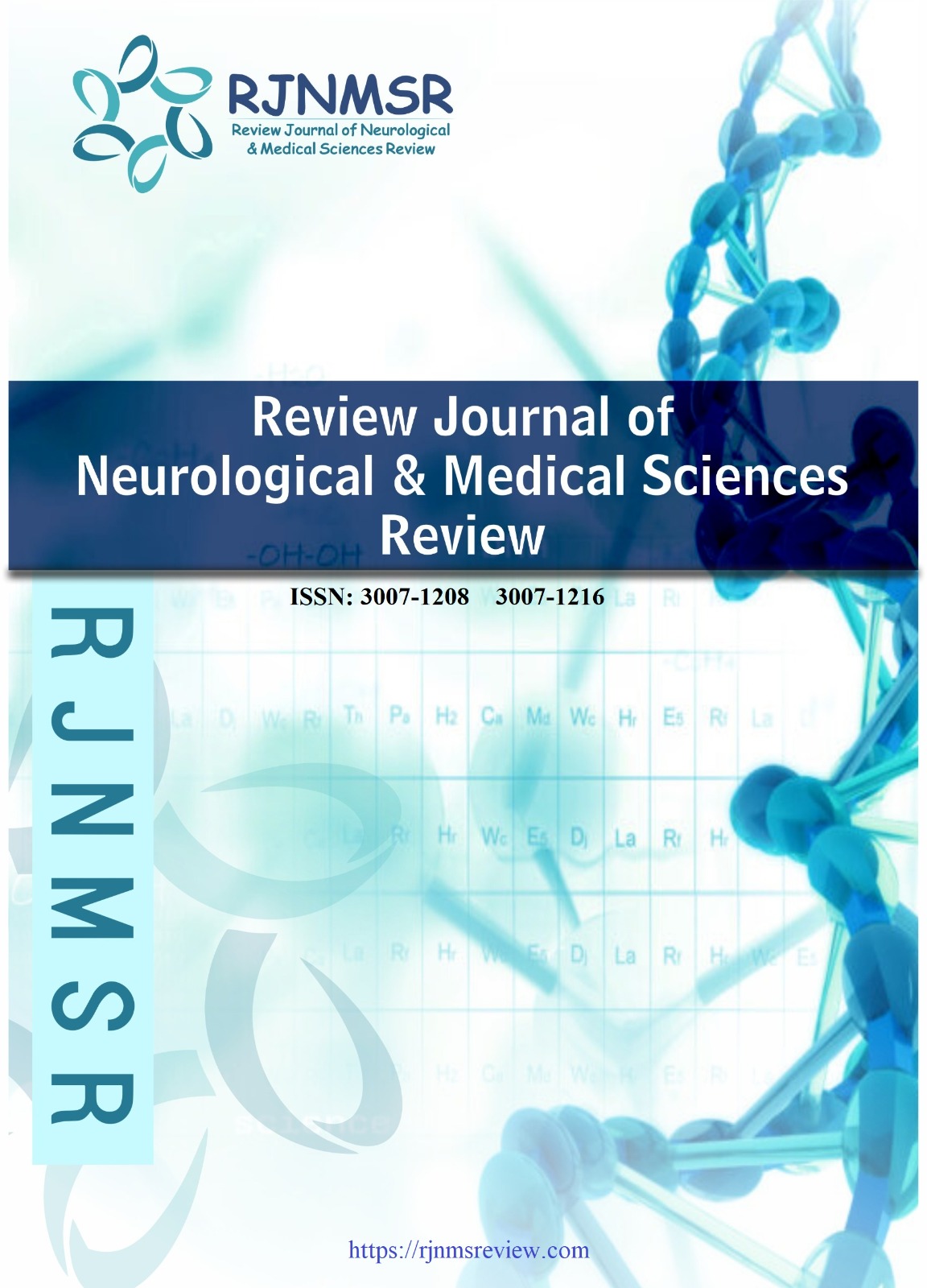PREVALENCE OF FUNGAL INFECTION (DERMATOPHYTES) IN IMMUNOCOMPROMISED PATIENTS IN FAISALABAD
DOI:
https://doi.org/10.63075/a9hz7x80Keywords:
PREVALENCE OF FUNGAL INFECTION, (DERMATOPHYTES) IN IMMUNOCOMPROMISED, PATIENTS IN FAISALABADAbstract
The aim of the study was to determine the rate of dermatophytic fungal infection and pattern of antifungal resistance among immunocompromised patients in Faisalabad. Dermatophytes are a category of fungi that tend to cause skin, hair, and nail infections and are typically not serious in immune-competent people but can be severe in immunocompromised individuals by HIV/AIDS, cancer, diabetes, or organ transplants. Two hundred and fifty immunocompromised patients with clinical manifestations of dermatophytic infections were recruited involving various tertiary referral hospitals. The samples obtained were clinical samples which were prepared in KOH and grew fungus on Sabouraud Dextrose Agar. Dermatophyte species identification was based on colony growth and morphology and microscopic observation and antifungal susceptibility testing was conducted based on CLSI guidelines. The most frequent clinical manifestations were tinea corporis (35.1%), tinea capitis (24.9%), tinea cruris (17.8%), onychomycosis (11.9%), and mixed-site infections (10.3%) of the 185 confirmed cases. There was also a high prevalence of scalp infections in Faisalabad and Tandlianwala, and body-site infections were most prevalent in Faisalabad and Jaranwala. Most patients were male (54.6%), and more than half of the young patients (21-40 years) were observed (53.0%) with 16.2 percent of pediatric patients. The frequency of antifungal resistance was 38.4 percent (fluconazole: 26.5 percent; terbinafine: 17.8 percent), similar to or higher than that reported in northern Pakistan; the increase in fluconazole-resistant Trichophyton across the world has been linked to mutation of SQLE, the relevant gene. Itraconazole (8.6%) and griseofulvin (5.9) resistance was low. These results indicate that there is a high burden of resistant dermatophyte infections in immunocompromised patients in Faisalabad and lack of routine susceptibility testing, focusing on antifungal stewardship, as well the development of region-specific treatment guidelines, is critical to improving patient outcomes.Downloads
Published
2025-07-16
Issue
Section
Articles
How to Cite
PREVALENCE OF FUNGAL INFECTION (DERMATOPHYTES) IN IMMUNOCOMPROMISED PATIENTS IN FAISALABAD. (2025). Review Journal of Neurological & Medical Sciences Review, 3(3), 197-203. https://doi.org/10.63075/a9hz7x80

